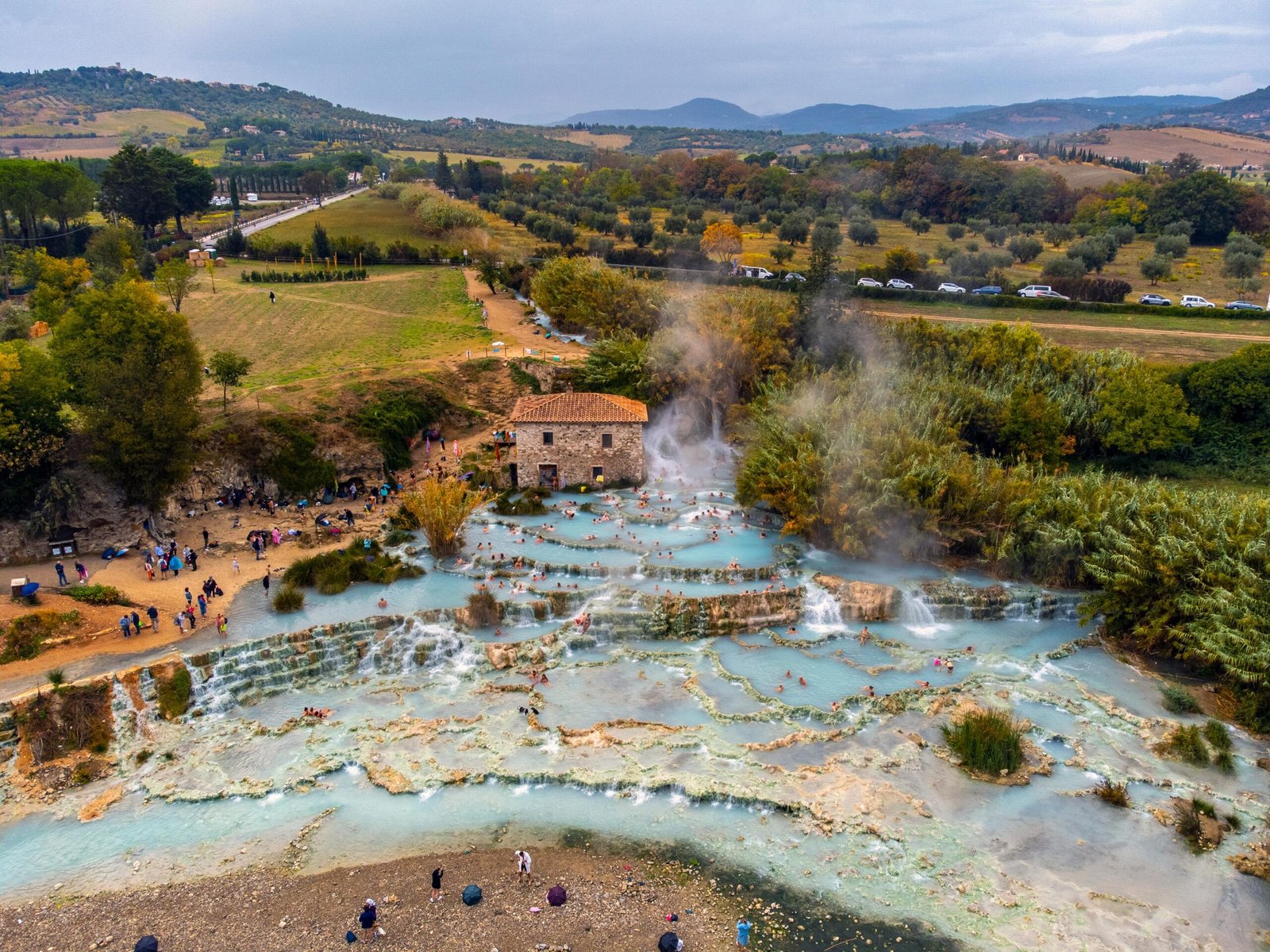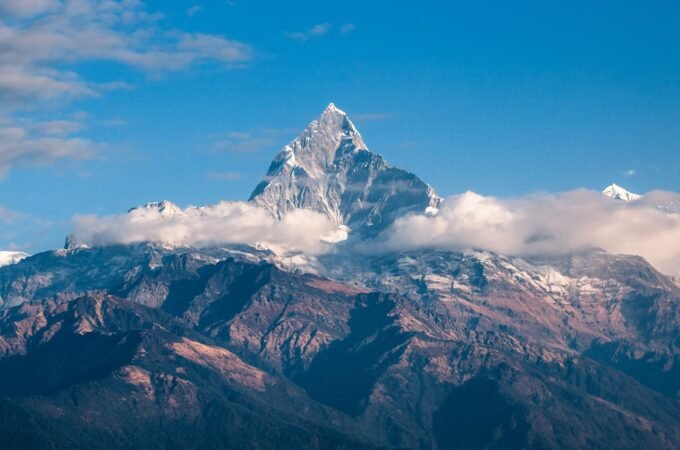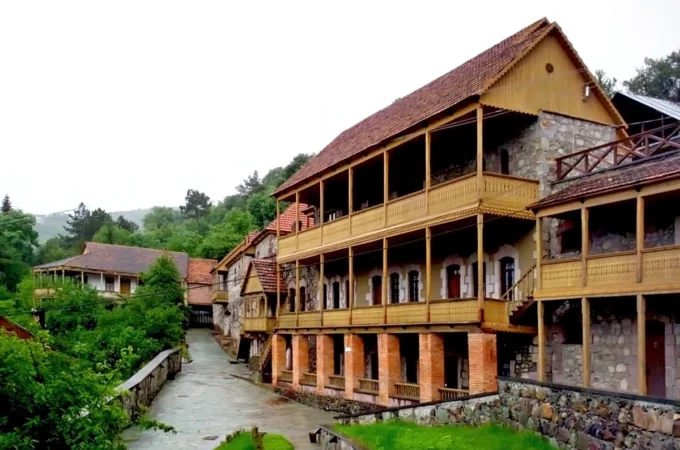
The charm of thermal tourism in Italy
Thermalism has always been linked to Italy. Since Roman times, hot springs were places of gathering, rest, and body care. Today, that legacy has transformed into a different way of traveling: exploring the country through its thermal springs, mineral water parks, and historic spas. It is not merely a wellness trend, but a way to discover territories filled with memory and astonishing landscapes.
Ischia, an island shaped by water
In the Gulf of Naples, Ischia has established itself as a world reference for thermal tourism. Its springs gush from different points of the island, feeding everything from organized parks to small natural coves. At Giardini Poseidon, more than twenty pools of different temperatures blend into the Mediterranean landscape. Negombo, in San Montano, combines treatments with a setting of gardens that seem designed for contemplation.
But the experience goes beyond these centers. In Sorgeto, hot water emerges directly into the sea, creating a unique phenomenon: bathing under the stars while the waves mix with sulfurous vapors. History also plays its part, with the imposing Aragonese Castle reminding us how this volcanic island has been the stage of battles and a refuge for monks. For those who want to integrate rest and hospitality in the same space, one reference is Hotel Floridiana Ischia, an establishment that unites thermal tradition with the Mediterranean atmosphere of the island.
Tuscany, landscape and tradition
If there is one region that symbolizes the union between natural beauty and healing waters, it is Tuscany. In Montecatini Terme, the Art Nouveau buildings of the 19th century coexist with fountains used for digestive and respiratory treatments. The Saturnia Hot Springs appear as a natural spectacle: sulfurous waterfalls forming terraced pools where the temperature remains around 37 degrees all year round.
More discreet, but equally surprising, are the San Filippo Hot Springs, located in a forest. The white calcareous formations, eroded by centuries of hot water, draw a landscape that looks almost lunar. Immersing yourself there feels like being in a setting outside of time.
Abano and Montegrotto, the northern tradition
In Veneto, at the foot of the Euganean Hills, lies another epicenter of European thermalism: Abano and Montegrotto Terme. Their waters are renowned for their mineral richness and the therapeutic use of mud, applied in physical recovery programs and rheumatological treatments. The area boasts a historic infrastructure that combines medicine, wellness, and culture. From there, within minutes you can reach Padua or even Venice, making it possible to alternate spa days with artistic visits.
Culture, gastronomy, and water
Thermal tourism in Italy is rarely limited to bathing. In every region, water is accompanied by traditions that enrich the experience. In Campania, the springs are linked to ancient mythological cults. In Tuscany, a day at the hot springs can end with a dinner of local wines, cheeses, and olive oil from the hills. In Veneto, the cultural offer turns the trip into a journey where the therapeutic and the artistic go hand in hand.
An open journey
Italy does not offer a single model of thermalism, but a range of proposals that go from wild to sophisticated. This diversity explains why so many travelers return: each spring holds a different atmosphere, each thermal park has its own character, each region adds a new chapter to the experience. The certainty is that the journey does not end with the last bath, because there is always another spring to discover, another story to hear, another corner that still preserves the murmur of water beneath the stone.




